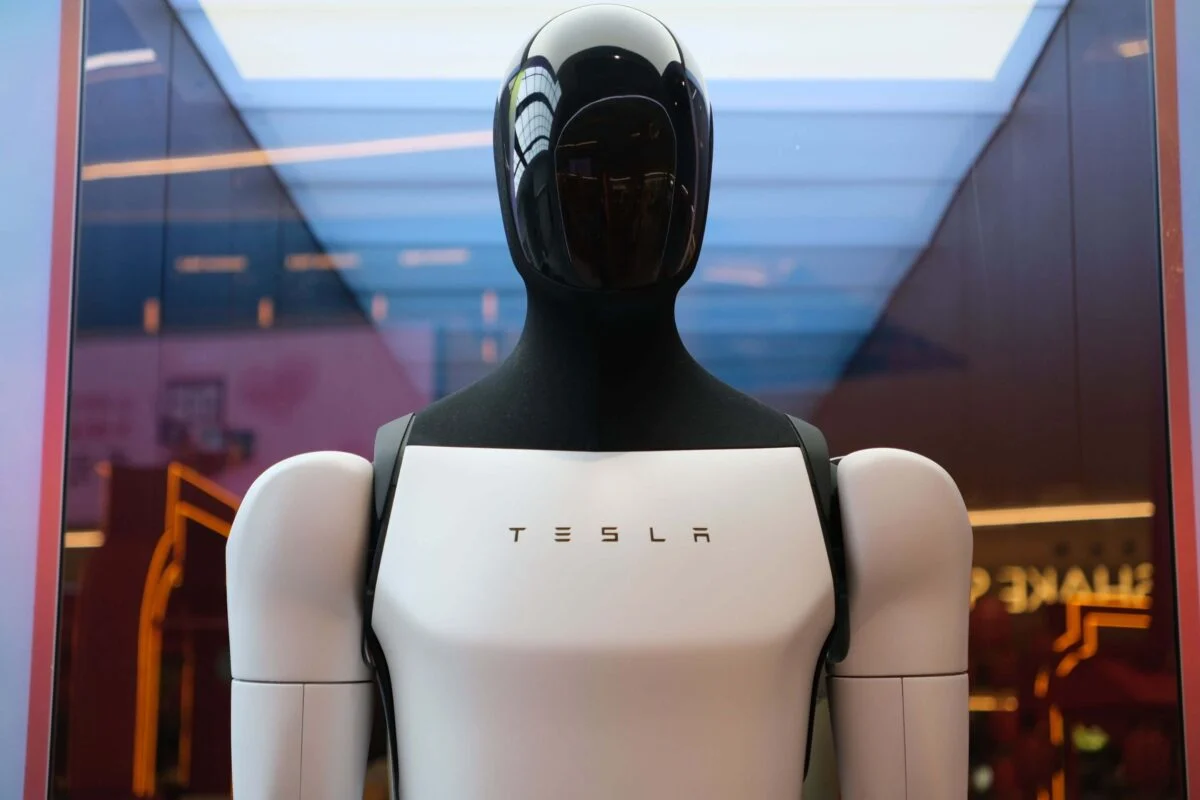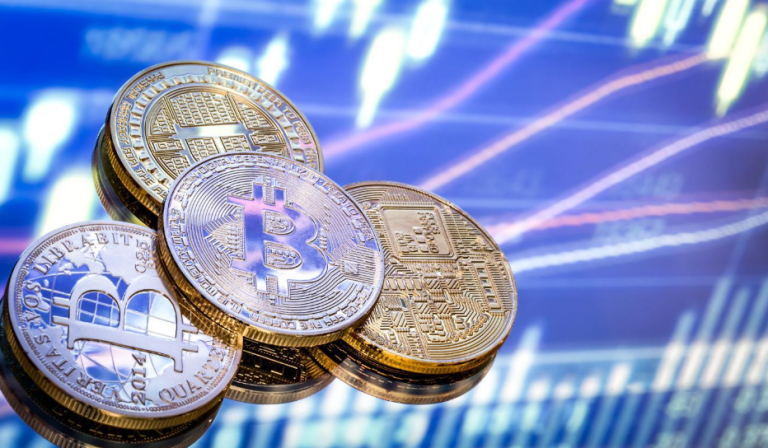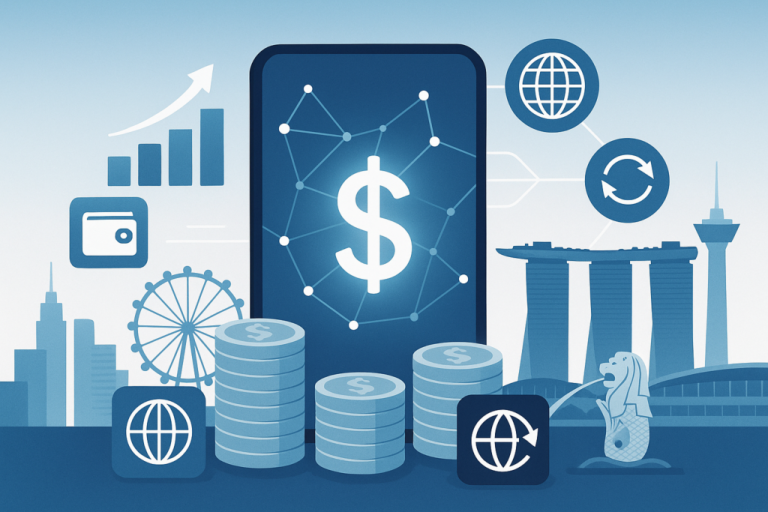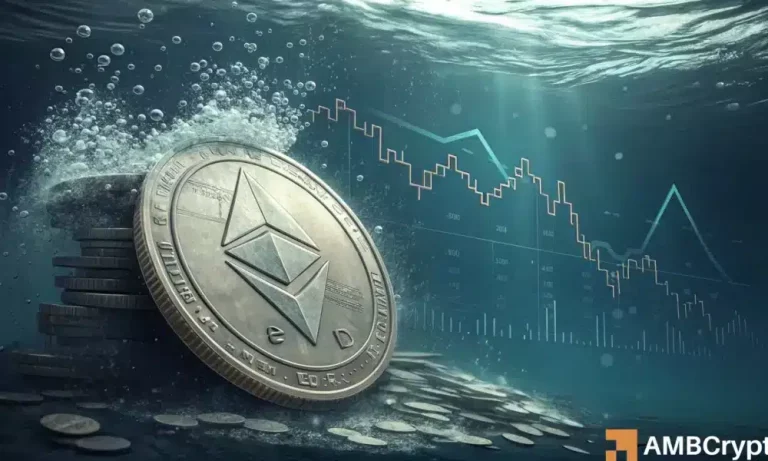
Tesla’s Optimus Robot: The Revolutionary Vision of AI
Tesla’s Optimus humanoid robot has captured the attention of the tech world, sparking discussions about the transformative role of artificial intelligence in everyday life and business. While Elon Musk envisions a future where the Optimus robot drives Tesla’s long-term value, experts remain cautious. In this article, we’ll dive into what makes Optimus so intriguing and whether it’s poised to be the AI breakthrough we’ve been waiting for.
The Optimus Promise
Elon Musk’s vision places the Optimus robot at the core of Tesla’s mission. He claims that the humanoid robot could account for up to 80% of Tesla’s future value. With an ambitious initial pricing of $20,000-$30,000, this price significantly undercuts competitors like Boston Dynamics’ Atlas robot, which can cost upwards of $100,000. Tesla has set a production goal of several thousand units by 2025 and 50,000 units annually by 2026. But are these goals realistic?
Potential Market Impact
The Optimus robot targets an enormous addressable market, potentially replacing manual labor in industries ranging from manufacturing to customer service. With 3.7 billion global workers and 800 million in developed economies, capturing just 1% of this market could mean billions in revenue. However, the road to mass adoption remains uncertain.
Reality Check: Hurdles to Overcome
While Tesla’s vision is inspiring, many technical and logistical challenges have not been solved. Demonstrations of Optimus have shown it walking, balancing, and performing basic tasks in controlled environments, but it hasn’t yet proven its resilience in real-world scenarios. Rivals like Boston Dynamics have spent decades perfecting bipedal motion and dexterous manipulation, but even they haven’t launched a commercially viable general-purpose humanoid.
Additionally, Tesla will need to build a specialized supply chain for actuators, sensors, and other key components. Rare-earth magnets for actuators are heavily sourced from China, which introduces geopolitical risks. Furthermore, household and business-level demand for humanoid robots has yet to be validated at scale.
Investors and Market Trends
Tesla’s $1.2 trillion valuation reflects high investor confidence, even in the face of declining delivery numbers and margin pressures in 2025. The company’s “AI-first” narrative, which includes robotaxis and full self-driving capabilities alongside Optimus, has kept excitement alive among shareholders. Elon Musk’s compensation package is closely tied to achieving milestones for Optimus, underscoring its significance to Tesla’s future.
Meanwhile, Tesla’s interconnection with Nvidia, a leader in AI semiconductor production, highlights how intertwined the AI ecosystem has become. Nvidia’s third-quarter sales jumped to $54.8 billion from $35.1 billion a year ago, with guidance suggesting $62.1 billion in sales for Q4. Both Tesla and Nvidia are riding the AI wave, but can they deliver consistent returns?
Are We Ready for an AI-Powered Workforce?
Experts remain skeptical about whether Optimus—or any humanoid robot—can fully replace human labor in complex tasks. Musk’s track record of pushing ambitious timelines, such as the delayed rollout of robotaxis, raises questions about whether Optimus will meet announced goals.
One thing is clear: the AI and robotics revolution is here, and companies like Tesla are at its forefront. If executed well, Tesla Optimus could redefine the future of work and automation. For now, it’s a waiting game for investors, businesses, and consumers alike.
Recommended Product
Want to explore the potential of AI-powered robots? Check out the Boston Dynamics Spot Robot, a leading-edge AI-driven robot equipped with advanced features for industrial and research applications.




